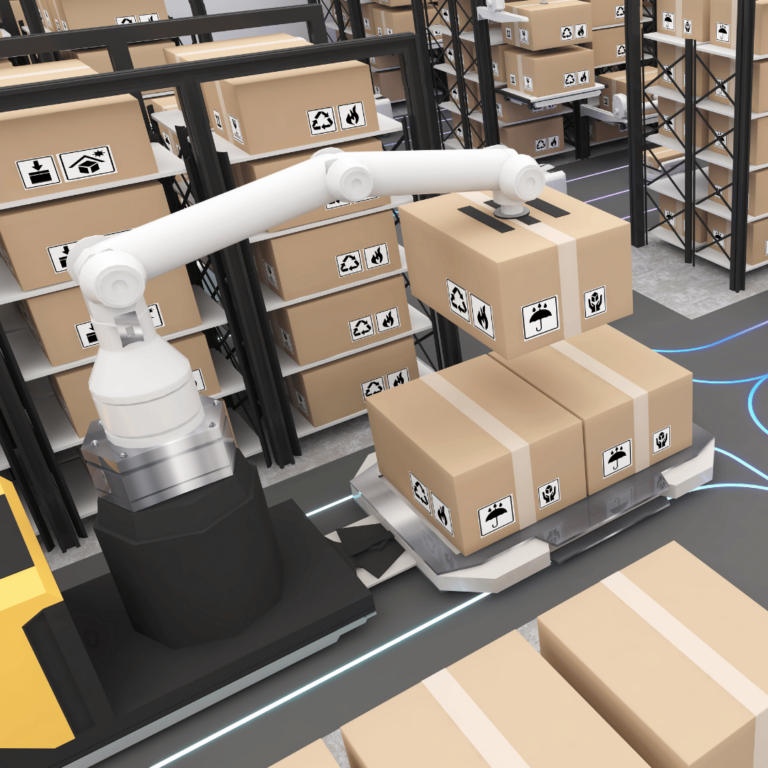5 Costly Warehouse Mistakes & How to Avoid Them with a WMS
Even small mistakes in warehouse operations can result in significant financial losses. Here are five common warehouse mistakes and how a WMS can help avoid them:


5 Costly Warehouse Mistakes & How to Avoid Them with a WMS
Even small mistakes in warehouse operations can result in significant financial losses. Here are five common warehouse mistakes and how a WMS can help avoid them:
Manual Inventory Tracking
Manual methods of tracking inventory lead to frequent errors and discrepancies. With a WMS, businesses can achieve real-time inventory tracking, ensuring accurate stock levels and reducing human error.
Poor Warehouse Layout
A poorly designed warehouse layout can slow down operations and waste valuable time. A WMS helps optimize layout by analyzing data on picking patterns, improving storage efficiency, and ensuring smooth workflows.
Lack of Demand Forecasting
Without proper demand forecasting, businesses risk overstocking or understocking. A WMS with AI-powered forecasting can help predict future demand accurately, ensuring that the right products are in stock at the right time.
Miscommunication Between Teams
Inconsistent data and communication issues can cause delays and errors. A WMS centralizes information, ensuring that everyone is on the same page and reducing the likelihood of mistakes.
Using Outdated Systems
Relying on outdated systems or spreadsheets can lead to inefficiencies and mistakes. A modern WMS like Simpler WMS automates processes and offers real-time data, ensuring operations run smoothly.













